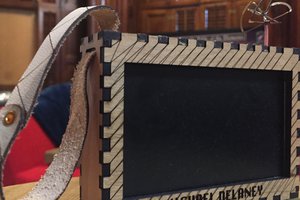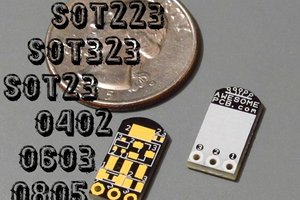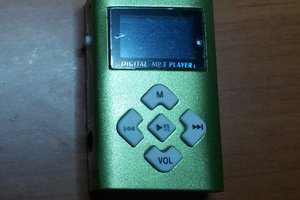It was simple - I needed a new way to add the Nokia 5110 / 3310 to one of my projects. The one from Olimex just didn't do it anymore for me, so after trying all variations of the LCD that are out there, I ended up at the "clip-in" breakout boards as available from Adafruit, Sparkfun, and China.
Unfortunately, I couldn't find any PCB design files for the breakout board, and even if, I'd assume they'd be for Eagle or anything else but KiCad. So instead, I just shamelessly measured all there was to measure and created my own KiCad PCB footprint, along with a schematic component.
Once done, I needed a way to verify it would actually work and fit the LCD, so despite how pointless it is, I created my own breakout board as proof of concept and ordered it from OSH Park. Good thing I didn't spend more time on a real project with bigger PCB dimensions, cause it needed some reworking (forgot two holes in the PCB for the LCD's nipples on the plastic back side).
Second attempt was all good. However, the OSH Park boards are thicker than the original China breakout boards, which might result in bad connections. Soldering the frame onto the PCB will solve that. I used the standard thickness of the PCB both time I ordered, but as OSH Park pointed out in the comments, they also offer thinner boards. This might be worth considering, since the default thickness won't fully hold the frame clips in, so the LCD isn't firmly pressed down, causing potential connection problems. Or then just solder the clips tightly to the PCB (the exposed copper around the clip holes is meant for that).
So, with the breakout board functional, the KiCad components can be used in any other project as well. But once again, you will still need the "original" breakout board to get the LCD itself. I did find some standalone LCDs with clippable frame, but I wasn't able to use them in this design. Might have just been a bad connection due to the PCB thickness, but it's also possible the internal connections are different (there seem to be at least two different LCDs, according to the serdisplib project).
 Sven Gregori
Sven Gregori




 Michael Delaney
Michael Delaney
 Simon
Simon

 Arnov Sharma
Arnov Sharma
Thanks for the KiCad footprint! Maybe I'll try something similar to your "something" board.